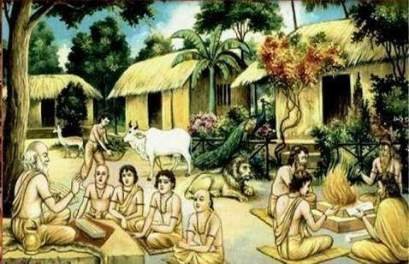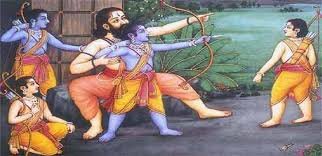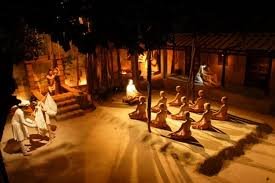Ancient Indian culture has transformed our modern lives in the most fundamental ways.
With inventions touching daily life to the most complex academic discourses, Indian were among the world’s greatest innovators.
A #thread on India’s contributions from the past!
contributions from the past!
With inventions touching daily life to the most complex academic discourses, Indian were among the world’s greatest innovators.
A #thread on India’s
 contributions from the past!
contributions from the past!
1. Zero
The number one invention of ancient India was ‘nothing’ / ‘naught’ or to be more precise ‘zero’ .
.
It revolutionised mathematics.
It is for this revolution that zero brought to calculation (or ease of it), Einstein once remarked, “The Indians taught us how to count”.
The number one invention of ancient India was ‘nothing’ / ‘naught’ or to be more precise ‘zero’
 .
. It revolutionised mathematics.
It is for this revolution that zero brought to calculation (or ease of it), Einstein once remarked, “The Indians taught us how to count”.
Q: Why did zero matter so much?
A: Before the arrival of the Indian numbering system with zero included, world had only Roman numerals to work with.
Even a simple maths was a big struggle

Imagine dividing MMDCCCVIII by IV
(M=1000, D=500, C=100, L=50, X=10, V=5, I=1)
A: Before the arrival of the Indian numbering system with zero included, world had only Roman numerals to work with.
Even a simple maths was a big struggle


Imagine dividing MMDCCCVIII by IV
(M=1000, D=500, C=100, L=50, X=10, V=5, I=1)
For the modern reader it is just dividing 2808 by 4 
Indian numbering system & arithmetic made it so easy for an ordinary brain.
Before that the maths computation using awful Roman numerals (using abacuses) in the medieval world was the preserve of a specialised, gifted few.

Indian numbering system & arithmetic made it so easy for an ordinary brain.
Before that the maths computation using awful Roman numerals (using abacuses) in the medieval world was the preserve of a specialised, gifted few.
Indian mathematician & astronomer Aryabhata explained that using just ten symbols,
 any number can be written
any number can be written
 any computation can be solved
any computation can be solved
He taught us how to write forty, four hundred & four thousands using zeroes in right places in simpler terms.
@Aabhas24
 any number can be written
any number can be written  any computation can be solved
any computation can be solved He taught us how to write forty, four hundred & four thousands using zeroes in right places in simpler terms.
@Aabhas24
Otherwise we could still be using difficult & awkward notation of Roman numerals, e.g.
 XXXX for 40 (XL)
XXXX for 40 (XL)
 CCCC for 400 (CD)
CCCC for 400 (CD)
 MMMM for 4000 (impossible)
MMMM for 4000 (impossible)
No doubt why competent mathematicians were believed to have almost supernatural powers.
 XXXX for 40 (XL)
XXXX for 40 (XL) CCCC for 400 (CD)
CCCC for 400 (CD) MMMM for 4000 (impossible)
MMMM for 4000 (impossible)No doubt why competent mathematicians were believed to have almost supernatural powers.
 Aryabhata gave concept of ‘zero’ & used a place-value system in his calculation
Aryabhata gave concept of ‘zero’ & used a place-value system in his calculation Brahmagupta was the first to give rules to compute with zero & negative numbers
Brahmagupta was the first to give rules to compute with zero & negative numbersThese two Indian mathematicians had changed the way mathematics would be handled going forward.
@mariawirth1
Though not everyone was happy to covert to Indian number system
Catholic Church denounced new maths as a heresy (misplaced loyalty to Roman numerals & abacuses)
denounced new maths as a heresy (misplaced loyalty to Roman numerals & abacuses)
But they could only watch in envy when superior thought process took over & its advantages could no longer be denied
Catholic Church
 denounced new maths as a heresy (misplaced loyalty to Roman numerals & abacuses)
denounced new maths as a heresy (misplaced loyalty to Roman numerals & abacuses)But they could only watch in envy when superior thought process took over & its advantages could no longer be denied
2. Cotton & Fast Dyes
5000 years ago, the people of the Indus valley were already accomplished textile workers.
The earliest references to Indian cotton are found in the Rig-Veda.
@RatanSharda55
@AhmAsmiYodha
5000 years ago, the people of the Indus valley were already accomplished textile workers.
The earliest references to Indian cotton are found in the Rig-Veda.
@RatanSharda55
@AhmAsmiYodha
The classical writer Herodotus wrote about Indian cotton:
"In India, there are trees which grow wild there, the fruit whereof is a wool exceeding in beauty and goodness that of sheep. The natives make their clothes of this tree-wool".
"In India, there are trees which grow wild there, the fruit whereof is a wool exceeding in beauty and goodness that of sheep. The natives make their clothes of this tree-wool".
The Indian cotton workers were so skillful that – while British were lumbering around Britain dressed in itchy wool, heavy furs and stiff leathers – the Indians were floating about in light-as-air garments made from cotton.
The Indian cotton was greatly admired throughout the ancient world.
The Romans, in particular, could not get enough of it – they tried to make it themselves but failed, and so were forced to spend a great deal of money importing the precious stuff.
The Romans, in particular, could not get enough of it – they tried to make it themselves but failed, and so were forced to spend a great deal of money importing the precious stuff.
 By the mid-eighteenth century, India had clothed
By the mid-eighteenth century, India had clothed 
 most of the globe
most of the globe Its cotton fabric was lightweight, washable and available in a cheerful range of colours
Its cotton fabric was lightweight, washable and available in a cheerful range of colours
3. Chess
Chess is a gentle, scholarly game enjoyed by school children and bespectacled academics, but it is also a game of confrontation, strategy and military tactics.
No board game rouses the passions more than chess.
Chess is a gentle, scholarly game enjoyed by school children and bespectacled academics, but it is also a game of confrontation, strategy and military tactics.
No board game rouses the passions more than chess.
The Indians were keen on board games.
 provided world’s oldest sets of dice
provided world’s oldest sets of dice
 developed the game of snakes & ladders (reflects the idea of karma – that every action, good or bad, has a consequence in this or the next life)
developed the game of snakes & ladders (reflects the idea of karma – that every action, good or bad, has a consequence in this or the next life)
 provided world’s oldest sets of dice
provided world’s oldest sets of dice developed the game of snakes & ladders (reflects the idea of karma – that every action, good or bad, has a consequence in this or the next life)
developed the game of snakes & ladders (reflects the idea of karma – that every action, good or bad, has a consequence in this or the next life)
1000s of years ago Indians were playing a war-game ‘Chaturanga’ (board of 64 squares like chessboard). From it, the game of Shatranj developed.
Experts have divided opinion - whether chess was developed in India or China, but the oldest written evidence support Indian origin.
Experts have divided opinion - whether chess was developed in India or China, but the oldest written evidence support Indian origin.
4. Crucible Steel
Steel is an alloy of iron with a small % of carbon.
Crucible steel is, as its name suggests, a method of making steel by heating the iron in a crucible.
The Indians developed crucible steel before 2000 yrs ago & started exporting it to the rest of the world.
Steel is an alloy of iron with a small % of carbon.
Crucible steel is, as its name suggests, a method of making steel by heating the iron in a crucible.
The Indians developed crucible steel before 2000 yrs ago & started exporting it to the rest of the world.
Indian crucible steel revolutionised the way weapons, surgical instruments & machines were made during those days.
 While the women of the late Roman Empire reveled in the comfort of lightweight Indian cotton, their menfolk appreciated the hard edge of their Indian steel weapons
While the women of the late Roman Empire reveled in the comfort of lightweight Indian cotton, their menfolk appreciated the hard edge of their Indian steel weapons Widely respected, Indian steel could slice through a man with a single stroke, or cut a piece of silk in two
Widely respected, Indian steel could slice through a man with a single stroke, or cut a piece of silk in two
 Indian crucible steel was widely known as 'wootz' or ‘Hindvi steel’ (derived from 'hookoo', steel in southern Indian langs).
Indian crucible steel was widely known as 'wootz' or ‘Hindvi steel’ (derived from 'hookoo', steel in southern Indian langs). Europeans repeatedly tried to make wootz, but failed – until 1740, when Benjamin Huntsman, a clock maker developed an entirely new crucible process.
5. Plastic Surgery
 One of the many uses to which the Indians put their fine steel was making sharp surgical knives
One of the many uses to which the Indians put their fine steel was making sharp surgical knives
 They excelled both at the manufacture of surgical instruments and at surgery itself, and their medical knowledge was equal to the most in the ancient world
They excelled both at the manufacture of surgical instruments and at surgery itself, and their medical knowledge was equal to the most in the ancient world
 One of the many uses to which the Indians put their fine steel was making sharp surgical knives
One of the many uses to which the Indians put their fine steel was making sharp surgical knives They excelled both at the manufacture of surgical instruments and at surgery itself, and their medical knowledge was equal to the most in the ancient world
They excelled both at the manufacture of surgical instruments and at surgery itself, and their medical knowledge was equal to the most in the ancient world
You may have thought that plastic surgery was a recent, American invention, somehow connected with the film industry 
Think again!
The Indians were performing complex cosmetic surgery thousands of years before Columbus sailed west.

Think again!

The Indians were performing complex cosmetic surgery thousands of years before Columbus sailed west.
Sushruta, a pupil of famous surgeon-king Devadas, specialised in Rhinoplasty (nose reconstruction). Noses were frequently lopped off in,
 accidents
accidents
 battles
battles
 punishment for criminals
punishment for criminals
Sushruta had a high success rate in reconstructing them using flaps of skin taken from cheek!
 accidents
accidents battles
battles punishment for criminals
punishment for criminalsSushruta had a high success rate in reconstructing them using flaps of skin taken from cheek!
He wrote the "Sushruta Samhita", a medical textbook that provided details of,
 surgical tools (>120 medical instruments)
surgical tools (>120 medical instruments)
 over a thousand illnesses & injuries
over a thousand illnesses & injuries
 a long list of surgical procedures
a long list of surgical procedures
 surgical tools (>120 medical instruments)
surgical tools (>120 medical instruments) over a thousand illnesses & injuries
over a thousand illnesses & injuries a long list of surgical procedures
a long list of surgical procedures
Two centuries later, Vaghbat wrote an expanded plastic surgery manual, "Ashtanga Hridyans Samhita", in which he included details of,
 skin-grafting
skin-grafting
 organ transplants
organ transplants
It is not until the 17th century, that the West and British surgeons learned the art of rhinoplasty.
 skin-grafting
skin-grafting  organ transplants
organ transplantsIt is not until the 17th century, that the West and British surgeons learned the art of rhinoplasty.
Europeans had tried for centuries to graft skin from healthy parts of the body to repair damaged areas, needless to say, none of that worked.
During 19th century, they started to study the ancient Sanskrit texts to understand Indian methods of nose & face restoration.
During 19th century, they started to study the ancient Sanskrit texts to understand Indian methods of nose & face restoration.
Q: What made the Indians such good healers?
A: They had a long held belief that science & religion are deeply linked & there exist a strong connection between the mind & the body.
The Rigveda outlined these principles of holistic approach to spiritual & physical well-being.
A: They had a long held belief that science & religion are deeply linked & there exist a strong connection between the mind & the body.
The Rigveda outlined these principles of holistic approach to spiritual & physical well-being.
This philosophy was passed down in the form of Ayurveda.
Ayu = life
&
Veda = knowledge
Ayurveda is a comprehensive & intricate system of medicine that encourages mankind to deal with the diseased person as a whole, rather than dealing only with disease.
Ayu = life
&
Veda = knowledge
Ayurveda is a comprehensive & intricate system of medicine that encourages mankind to deal with the diseased person as a whole, rather than dealing only with disease.
3 types of Dosha (दोष) in our body:
 Vata (wind) – earth & air elements. It governs the principle of movement
Vata (wind) – earth & air elements. It governs the principle of movement
 Pitta (bile) – fire & water elements. It is the process of transformation (metabolism)
Pitta (bile) – fire & water elements. It is the process of transformation (metabolism)
 Kapha (phlegm) – water & earth elements; responsible for growth & protection
Kapha (phlegm) – water & earth elements; responsible for growth & protection
 Vata (wind) – earth & air elements. It governs the principle of movement
Vata (wind) – earth & air elements. It governs the principle of movement Pitta (bile) – fire & water elements. It is the process of transformation (metabolism)
Pitta (bile) – fire & water elements. It is the process of transformation (metabolism) Kapha (phlegm) – water & earth elements; responsible for growth & protection
Kapha (phlegm) – water & earth elements; responsible for growth & protection
In a healthy body doshas are in harmony. When excess doshas accumulate,
 throw body out of balance
throw body out of balance
 immune system is disturbed
immune system is disturbed
 illness follows
illness follows
An Ayurvedic practitioner will suggest supplements and nutritional & lifestyle changes to correct the imbalance to restore health.
 throw body out of balance
throw body out of balance immune system is disturbed
immune system is disturbed  illness follows
illness followsAn Ayurvedic practitioner will suggest supplements and nutritional & lifestyle changes to correct the imbalance to restore health.
6. Perpetual Motion
 motion that sustains without any external energy source
motion that sustains without any external energy source
 something like a limitless source of free power
something like a limitless source of free power
This has never been achieved & never will be. But This concept/imagination has fascinated inventors for hundreds of years.
 motion that sustains without any external energy source
motion that sustains without any external energy source something like a limitless source of free power
something like a limitless source of free powerThis has never been achieved & never will be. But This concept/imagination has fascinated inventors for hundreds of years.
Perpetual motion violates the first two laws of thermodynamics,
1.The energy of an isolated system is constant (in simple words, this means that you can’t create or destroy energy)
2.The entropy of an isolated system increases in the course of a spontaneous change (...)
1.The energy of an isolated system is constant (in simple words, this means that you can’t create or destroy energy)
2.The entropy of an isolated system increases in the course of a spontaneous change (...)
#2 (cont.) In simple words, this means that energy disperses whenever it can – e.g. hot pan will cool down when it is taken off the stove because its thermal energy flows out and is lost in the cooler air.
The opposite never happens;
The opposite never happens;
The knowledge that perpetual motion is an impossible dream has in no way stopped inventors throughout the world from attempting to create perpetual motion machine.
Q: So where did the idea of perpetual motion come from?
A: India, of course
Q: So where did the idea of perpetual motion come from?
A: India, of course

In ~AD 1150, the great mathematician Bhaskara, drawing on earlier scientific and astronomical work of the great thinker Brahmagupta, designed two wheels that he believed would turn forever.
 He described a wheel with tubes of mercury around its circumference.
He described a wheel with tubes of mercury around its circumference.
 He described a wheel with tubes of mercury around its circumference.
He described a wheel with tubes of mercury around its circumference.
 He hoped the sloshing mercury would create a continual imbalance that would sustain rotation.
He hoped the sloshing mercury would create a continual imbalance that would sustain rotation.  The first wheel had hollow spokes half filled with mercury.
The first wheel had hollow spokes half filled with mercury.  The second wheel has a narrow channel in the rim, half filled with mercury and half filled with water.
The second wheel has a narrow channel in the rim, half filled with mercury and half filled with water.
The two wheels would not have turned in perpetuity. That hardly matters.
The stimulus provided by this idea sparked a huge amount of thinking about the nature of mechanical power

The stimulus provided by this idea sparked a huge amount of thinking about the nature of mechanical power


Scientists are ‘inventing’ perpetual motion machines for so long now that US patent office,
 demands a working model
demands a working model
 issued a strict warning, inventors have to register their inventions at their own peril - under no circumstances registration fees will be refunded if it fails
issued a strict warning, inventors have to register their inventions at their own peril - under no circumstances registration fees will be refunded if it fails
 demands a working model
demands a working model issued a strict warning, inventors have to register their inventions at their own peril - under no circumstances registration fees will be refunded if it fails
issued a strict warning, inventors have to register their inventions at their own peril - under no circumstances registration fees will be refunded if it fails
7. Town Planning
Most ancient cities, Athens, Rome included, evolved without any sort of formal planning
 Untidy, dark & dirty
Untidy, dark & dirty
 Narrow, criss-cross streets
Narrow, criss-cross streets
 Factories, slums, churches & palaces sat side by side
Factories, slums, churches & palaces sat side by side
 Lack of sanitation, hygiene
Lack of sanitation, hygiene
 No proper transport facilities
No proper transport facilities
Most ancient cities, Athens, Rome included, evolved without any sort of formal planning
 Untidy, dark & dirty
Untidy, dark & dirty Narrow, criss-cross streets
Narrow, criss-cross streets Factories, slums, churches & palaces sat side by side
Factories, slums, churches & palaces sat side by side Lack of sanitation, hygiene
Lack of sanitation, hygiene  No proper transport facilities
No proper transport facilities
In contract, the towns build by Harappans of the Indus Valley in ~2500 BC, had,
 Wide, flat main roads to allow wheeled transport
Wide, flat main roads to allow wheeled transport
 Sophisticated drainage system
Sophisticated drainage system
 Wells & canals to provide fresh water
Wells & canals to provide fresh water
 Wide, flat main roads to allow wheeled transport
Wide, flat main roads to allow wheeled transport Sophisticated drainage system
Sophisticated drainage system Wells & canals to provide fresh water
Wells & canals to provide fresh water
Mohenjo-Daro which is one of the best known Indus Valley cities had,
 Building with mud-bricks that have survived well to the present day
Building with mud-bricks that have survived well to the present day
 Was build in 2 section – a smaller citadel and a large ‘lower town’
Was build in 2 section – a smaller citadel and a large ‘lower town’
 Lower town was home to 20K+ people - two storey houses & barracks
Lower town was home to 20K+ people - two storey houses & barracks
 Building with mud-bricks that have survived well to the present day
Building with mud-bricks that have survived well to the present day Was build in 2 section – a smaller citadel and a large ‘lower town’
Was build in 2 section – a smaller citadel and a large ‘lower town’ Lower town was home to 20K+ people - two storey houses & barracks
Lower town was home to 20K+ people - two storey houses & barracks
 Main roads up to 10 metres wise laid out in a regular grid pattern
Main roads up to 10 metres wise laid out in a regular grid pattern Secondary streets linked the housing to the main roads
Secondary streets linked the housing to the main roads Houses had bathrooms and lavatories, linked by covered drains to an underground sewerage system
Houses had bathrooms and lavatories, linked by covered drains to an underground sewerage system Lower town has building to support business activities
Lower town has building to support business activities
These were just few examples from so many contributions of the Indian civilisation from the past.
Be it,
 science
science
 architecture
architecture
 metallurgy
metallurgy
 maths
maths
 critical reasoning
critical reasoning
 medicine/surgery
medicine/surgery
 weaponry
weaponry
 textile
textile
 urban devlpmnt
urban devlpmnt
Everywhere we achieve pinnacle of human progress!
Be it,
 science
science architecture
architecture metallurgy
metallurgy maths
maths critical reasoning
critical reasoning medicine/surgery
medicine/surgery weaponry
weaponry textile
textile urban devlpmnt
urban devlpmntEverywhere we achieve pinnacle of human progress!

 Read on Twitter
Read on Twitter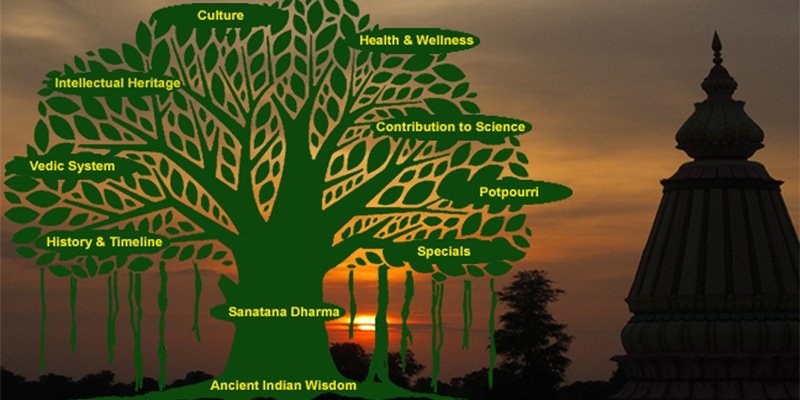
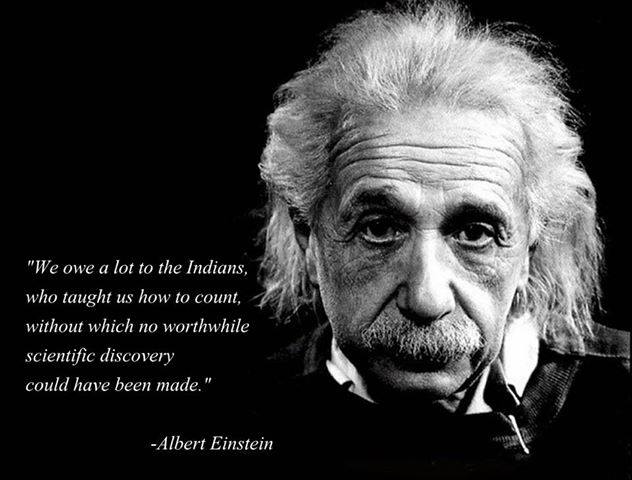
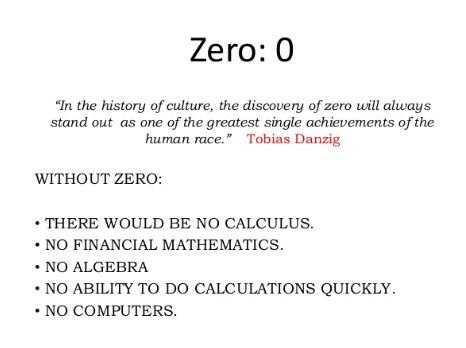
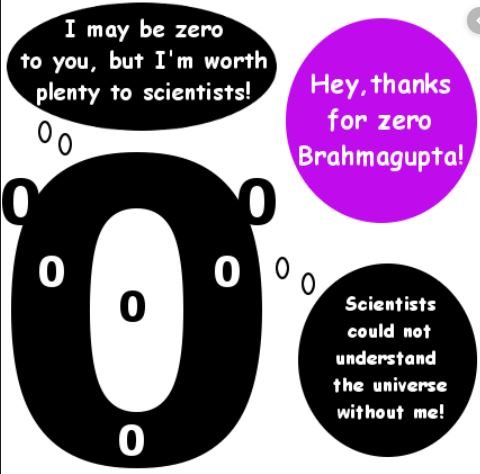
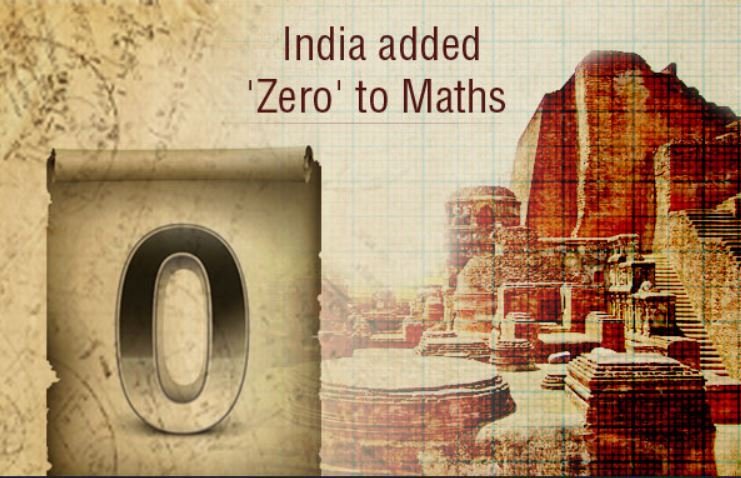
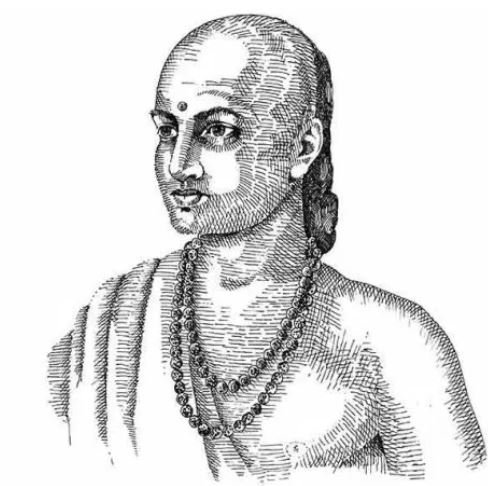

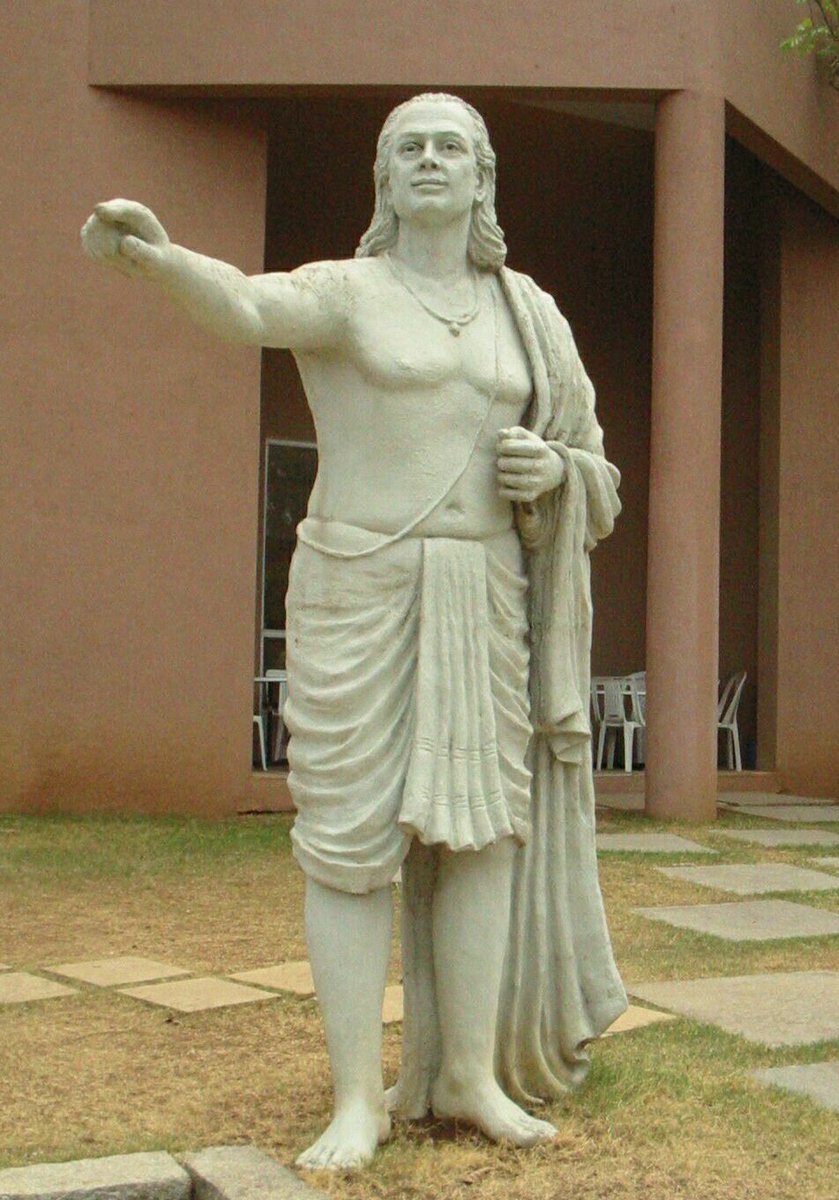
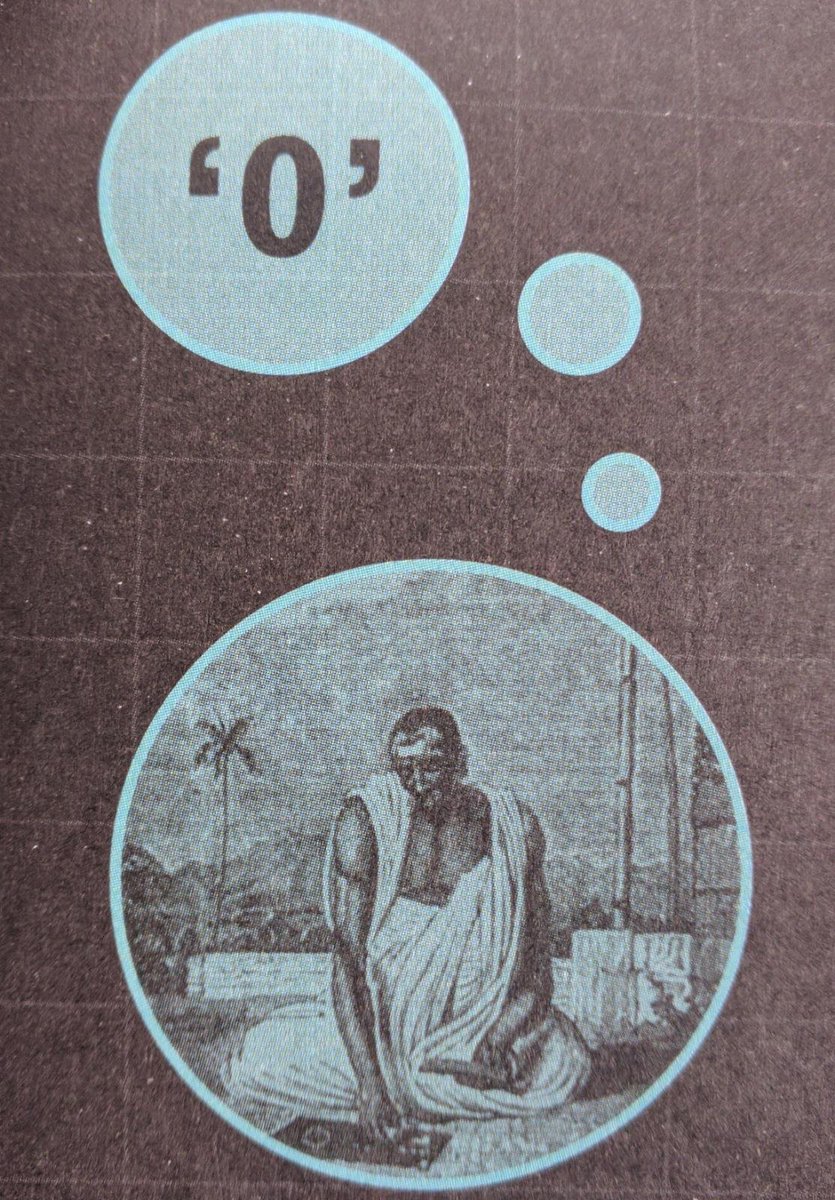
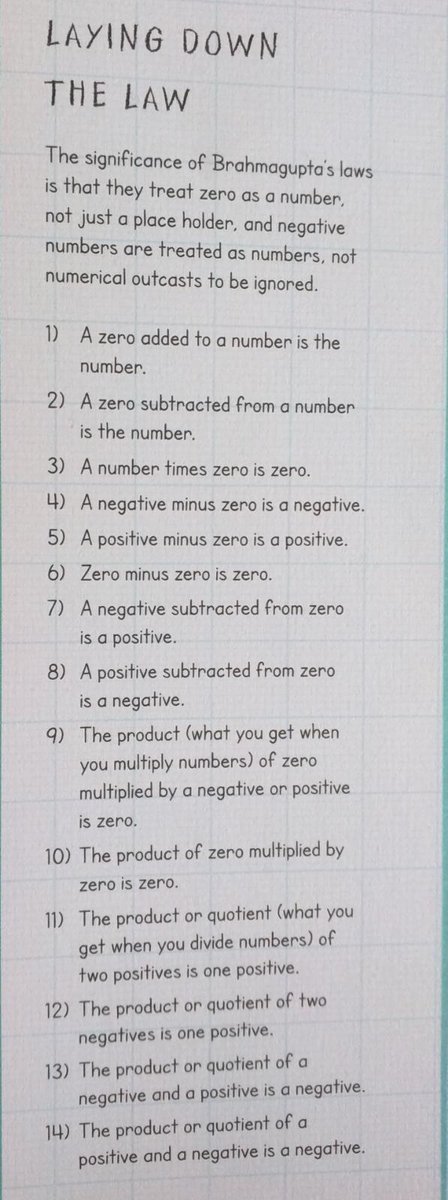
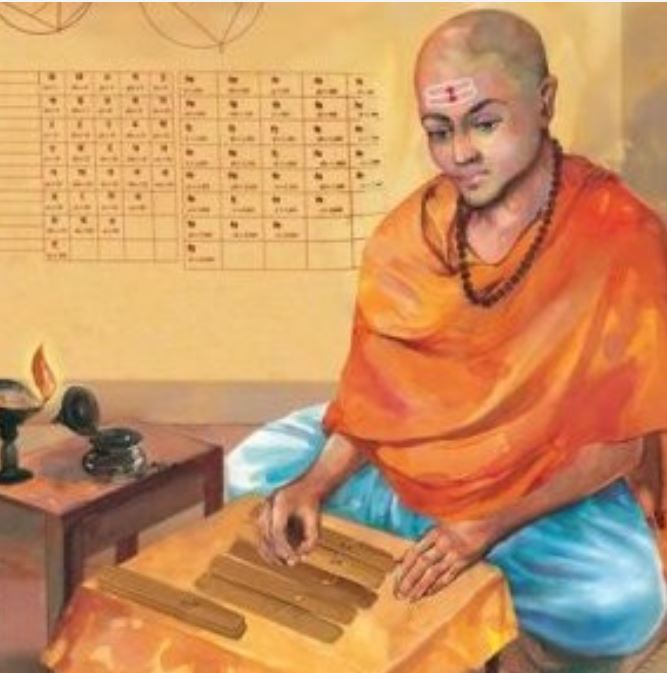
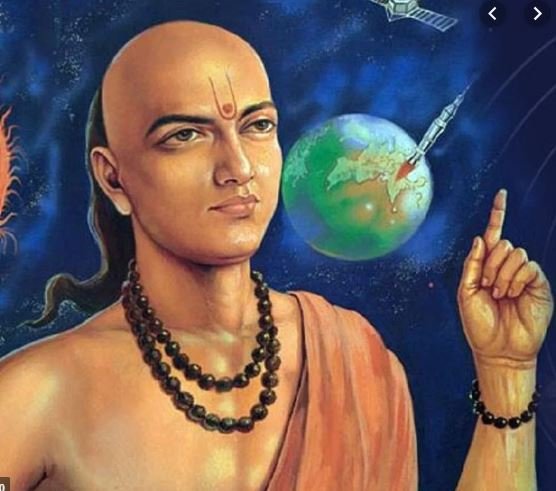




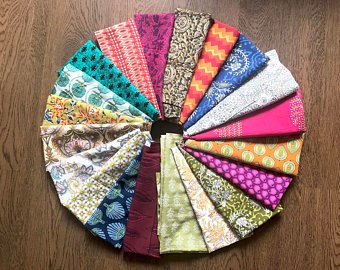
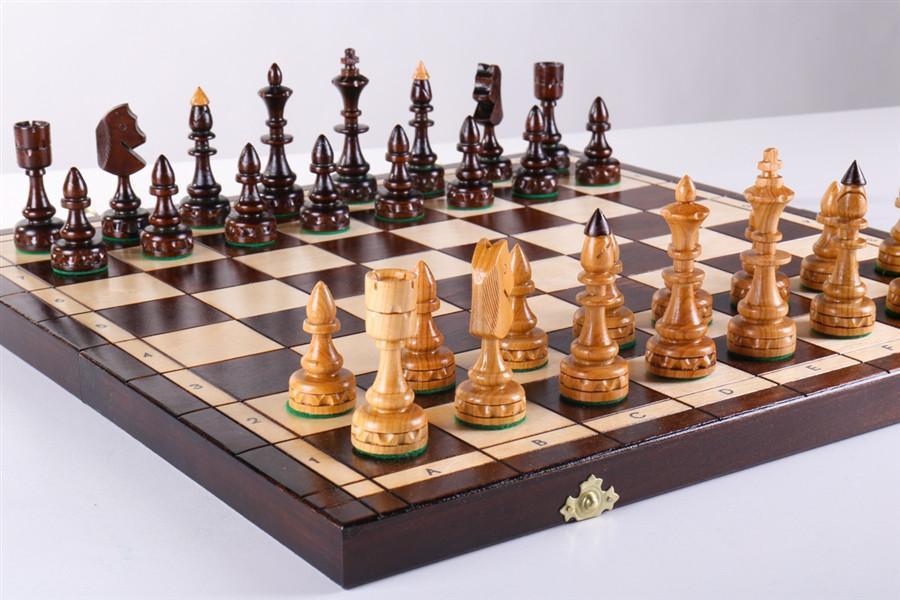
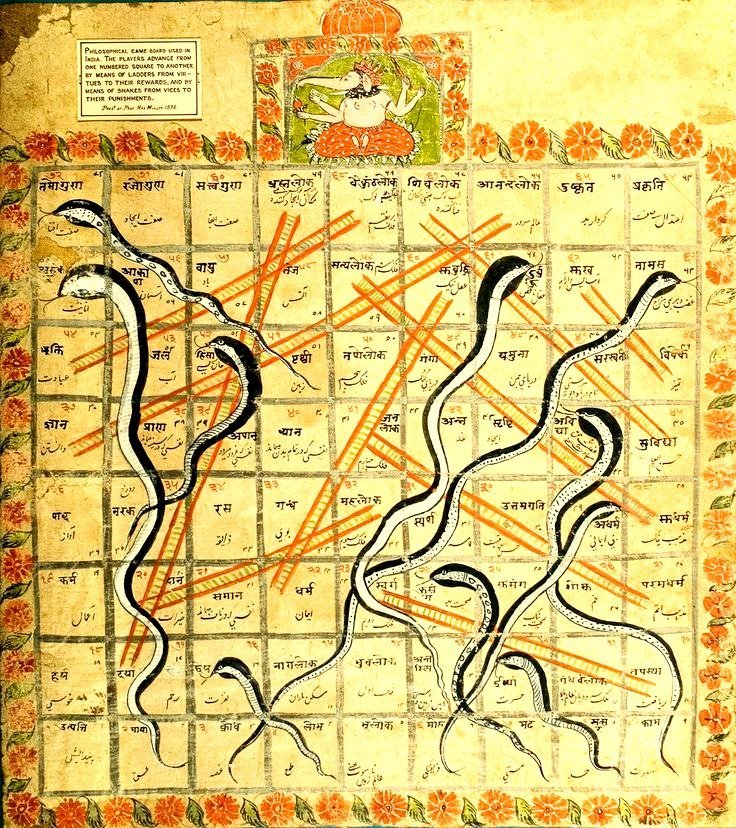
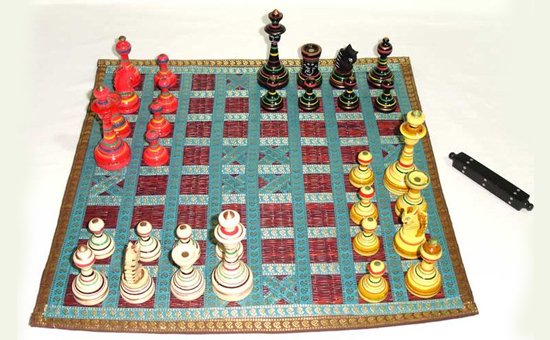
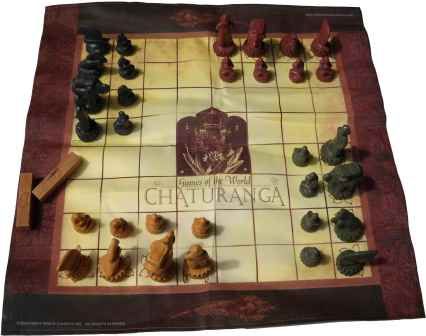
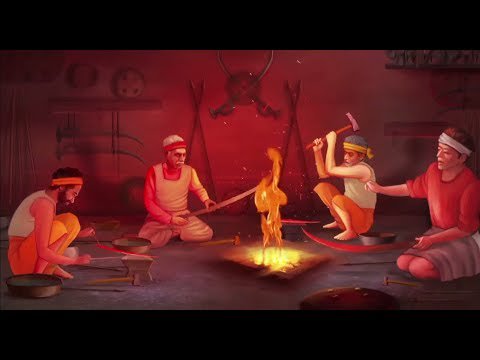

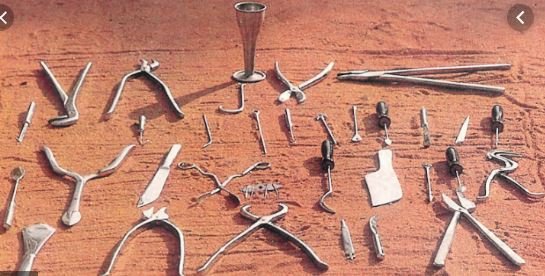

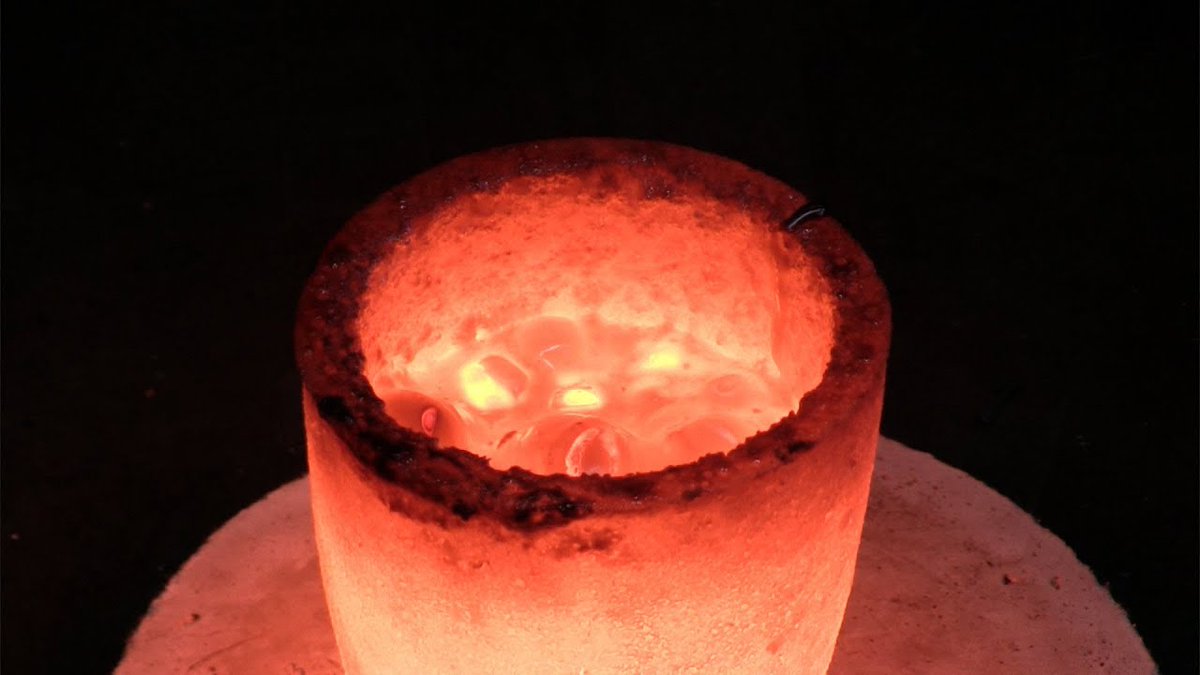



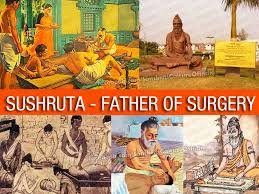

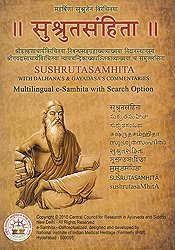
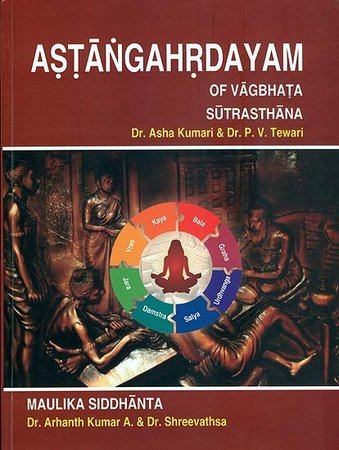
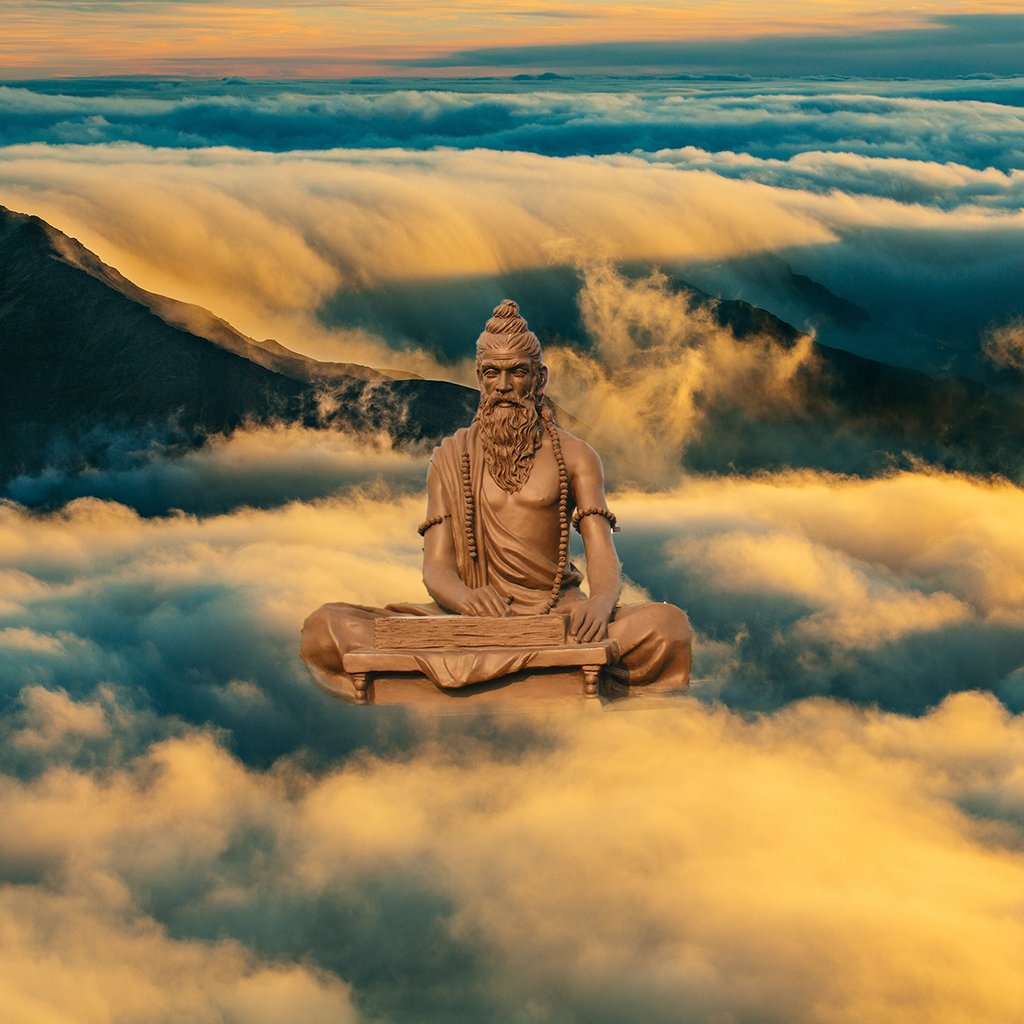
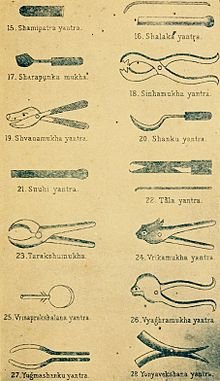



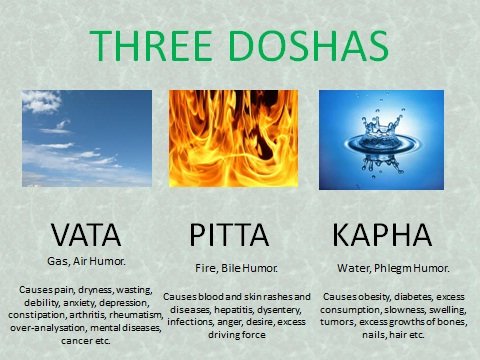
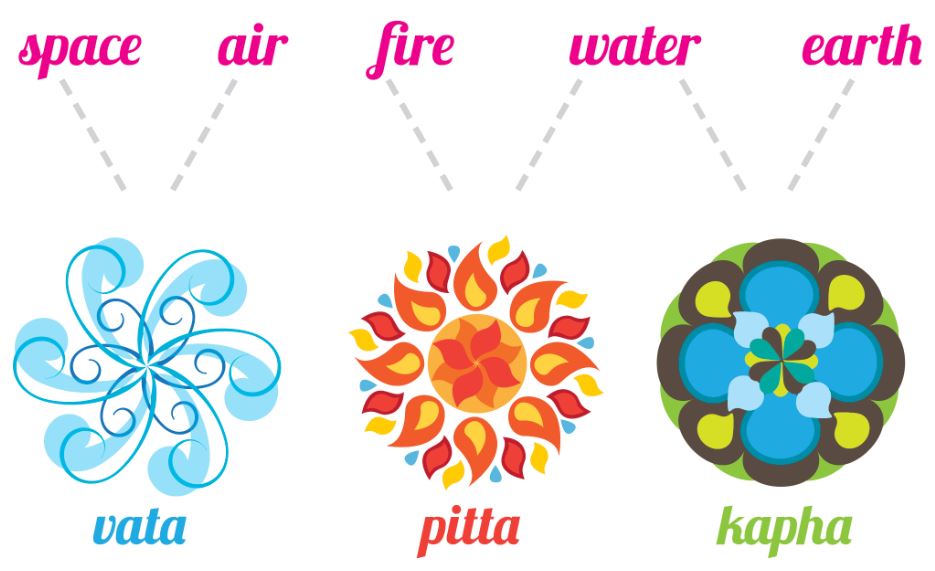
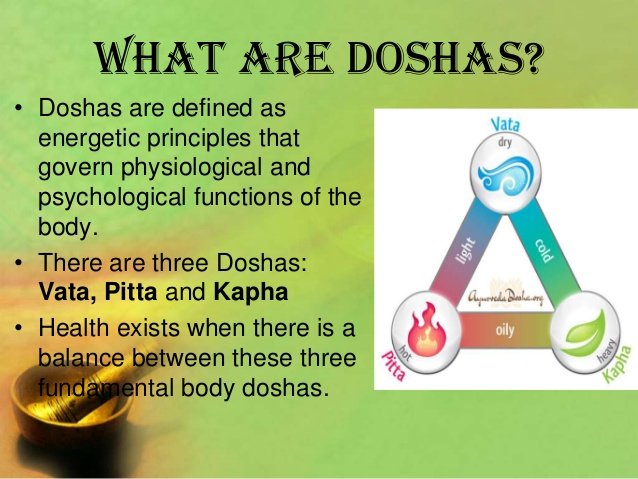
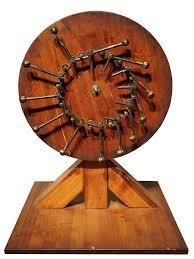

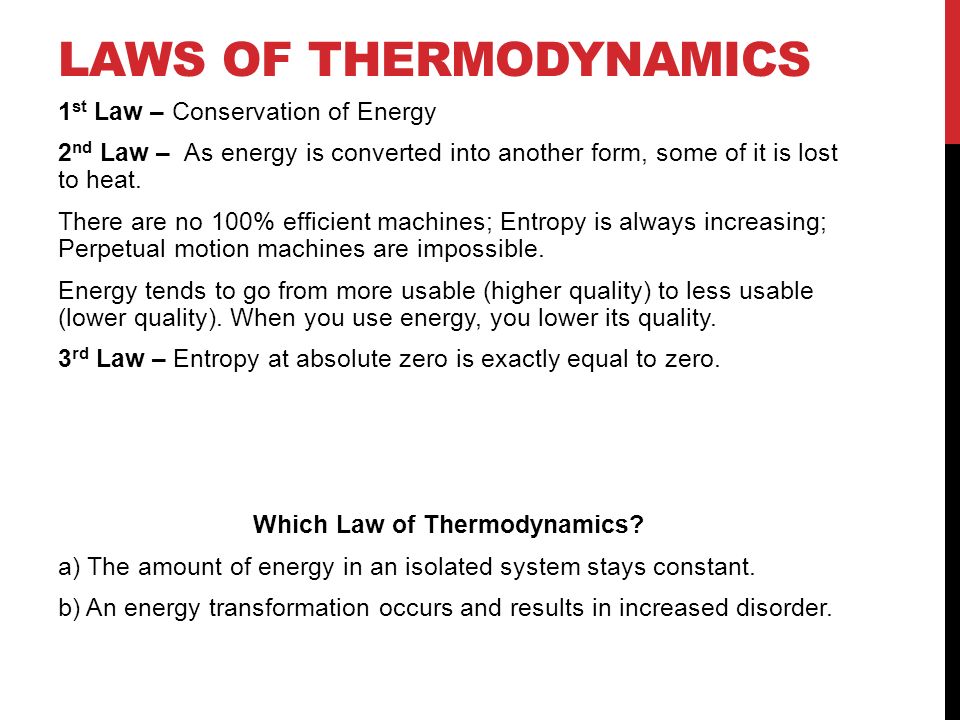
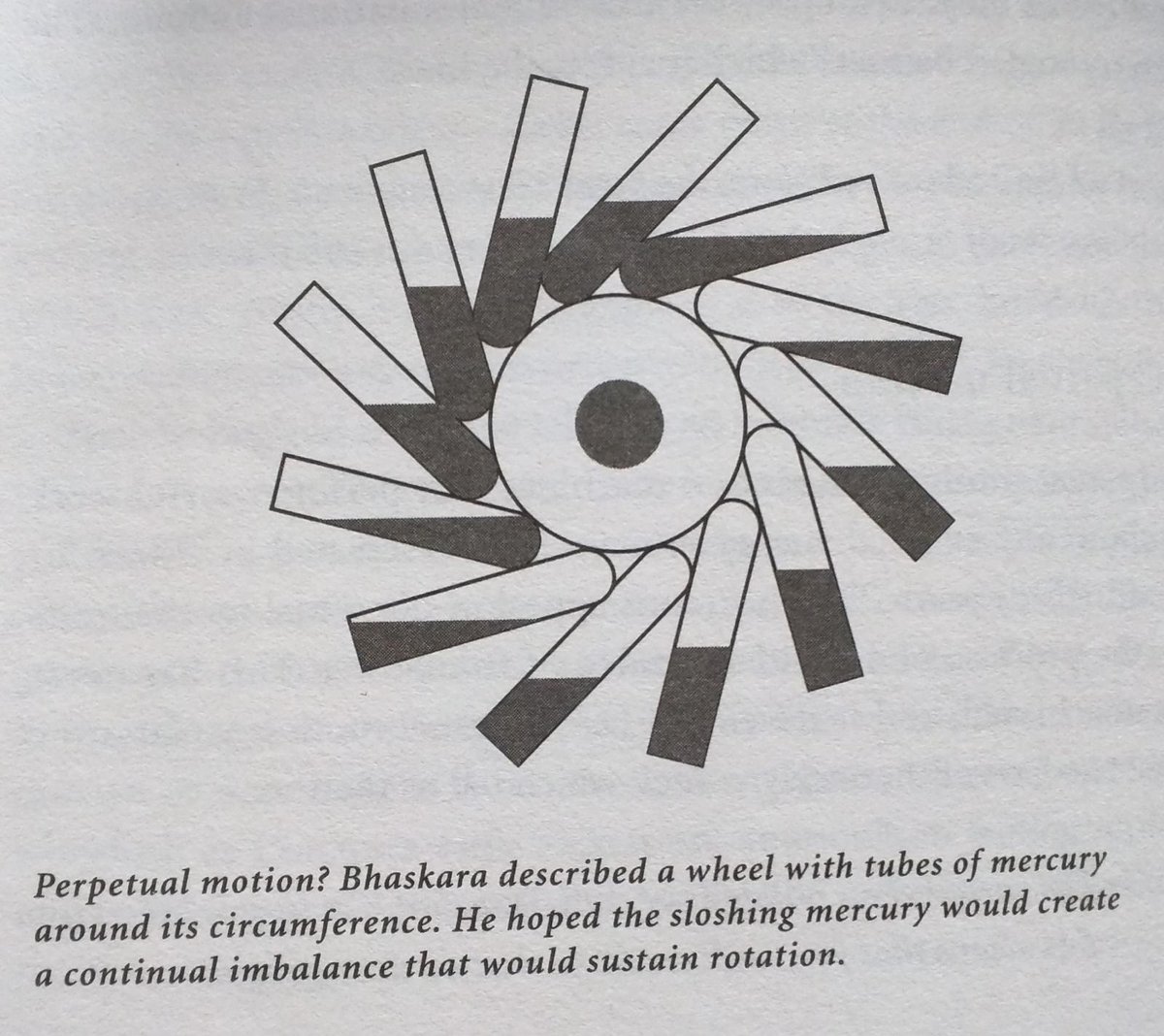


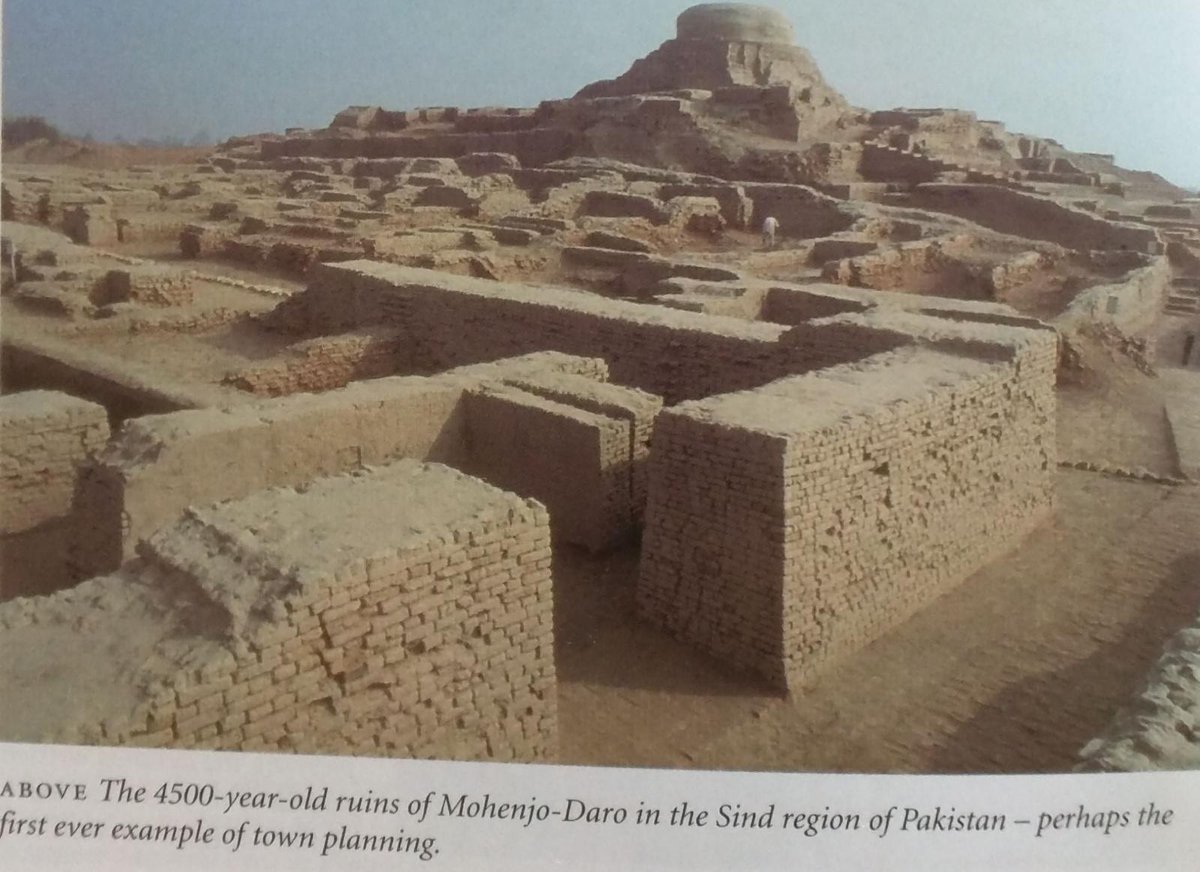

 the scientific temperament that is nurtured in Sanatan Dharma/culture
the scientific temperament that is nurtured in Sanatan Dharma/culture